Ladybugs, also known as ladybirds or lady beetles, are small insects that belong to the family Coccinellidae. They are widely loved and recognized for their vibrant colors and distinctive patterned wings. In many cultures, these tiny creatures are considered symbols of good luck and are associated with positivity and happiness. Let’s take a closer look at these fascinating little bugs and discover some interesting facts about them.
The Colorful World of Ladybugs
 Ladybugs are perhaps best known for their striking red and black coloration. However, not all ladybugs are red. They can be found in various shades of red, yellow, orange, and even pink. Some species even have spots that are white or cream-colored. The vibrant colors serve as a warning to predators, indicating that these insects are distasteful and poisonous.
Ladybugs are perhaps best known for their striking red and black coloration. However, not all ladybugs are red. They can be found in various shades of red, yellow, orange, and even pink. Some species even have spots that are white or cream-colored. The vibrant colors serve as a warning to predators, indicating that these insects are distasteful and poisonous.
A Symbol of Good Luck
 In many cultures, ladybugs are considered lucky symbols. It is believed that if a ladybug lands on you, it brings good fortune and signifies that your wishes will soon be granted. Similarly, if a ladybug visits your garden, it is believed to bring prosperity and abundance to your plants and crops.
In many cultures, ladybugs are considered lucky symbols. It is believed that if a ladybug lands on you, it brings good fortune and signifies that your wishes will soon be granted. Similarly, if a ladybug visits your garden, it is believed to bring prosperity and abundance to your plants and crops.
Voracious Predators
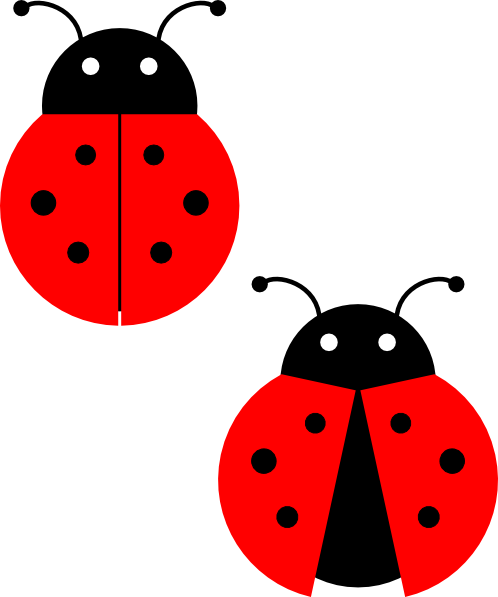 Ladybugs are not only known for their beautiful appearance but also for their role as beneficial insects in the garden. They are voracious predators, feeding on plant pests such as aphids, mites, and scale insects. A single ladybug can consume up to 5,000 aphids in its lifetime, making them a natural form of pest control.
Ladybugs are not only known for their beautiful appearance but also for their role as beneficial insects in the garden. They are voracious predators, feeding on plant pests such as aphids, mites, and scale insects. A single ladybug can consume up to 5,000 aphids in its lifetime, making them a natural form of pest control.
A Ladybug’s Life Cycle
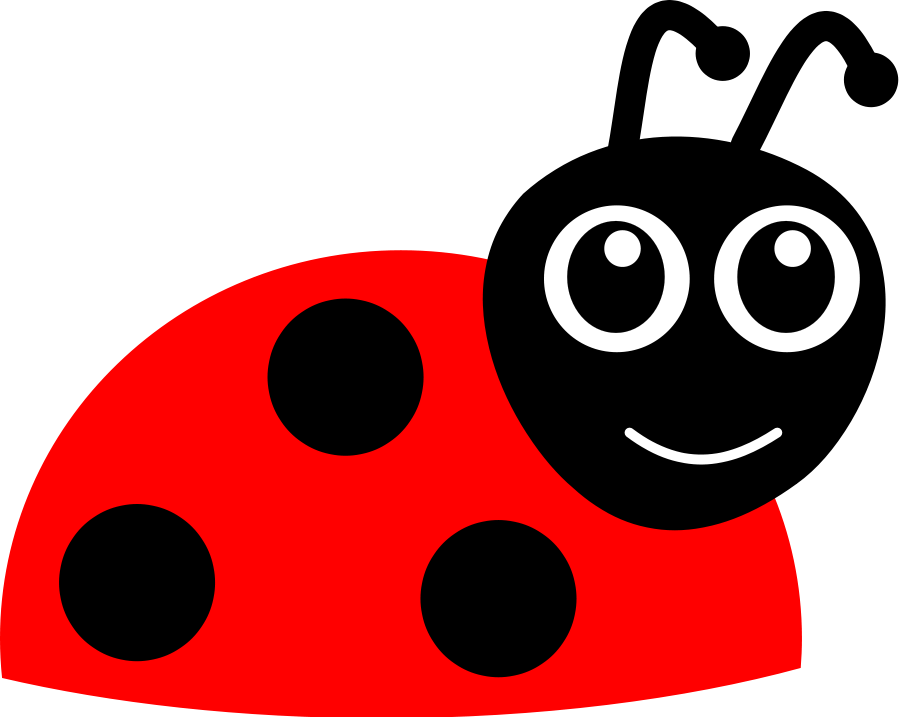 Like all insects, ladybugs go through a complete metamorphosis, including egg, larva, pupa, and adult stages. Female ladybugs lay their eggs on the underside of plant leaves, usually near a colony of aphids or other prey insects. The eggs hatch into larvae, which are often referred to as “aphid lions” due to their voracious appetite for aphids. After going through the pupal stage, the adult ladybug emerges and starts its life as a beautiful and beneficial insect.
Like all insects, ladybugs go through a complete metamorphosis, including egg, larva, pupa, and adult stages. Female ladybugs lay their eggs on the underside of plant leaves, usually near a colony of aphids or other prey insects. The eggs hatch into larvae, which are often referred to as “aphid lions” due to their voracious appetite for aphids. After going through the pupal stage, the adult ladybug emerges and starts its life as a beautiful and beneficial insect.
Ladybugs in Art and Culture
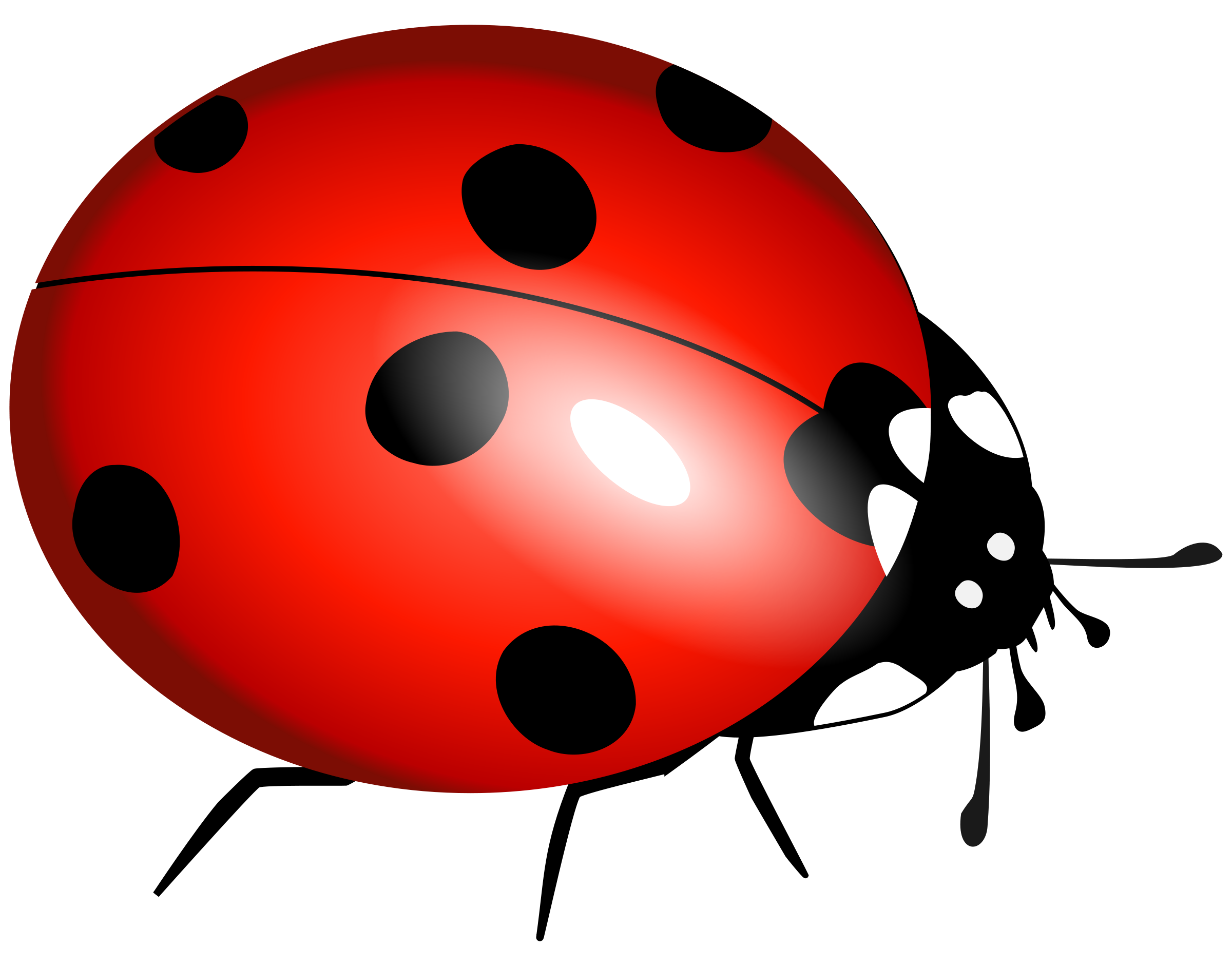 Ladybugs have long been a popular subject in art and culture. Their colorful and symmetrical appearance makes them a favorite motif in various forms of artistic expression, from paintings and drawings to ceramics and textiles. Additionally, ladybugs often feature in children’s stories, songs, and nursery rhymes, further cementing their place in popular culture.
Ladybugs have long been a popular subject in art and culture. Their colorful and symmetrical appearance makes them a favorite motif in various forms of artistic expression, from paintings and drawings to ceramics and textiles. Additionally, ladybugs often feature in children’s stories, songs, and nursery rhymes, further cementing their place in popular culture.
Protection and Conservation
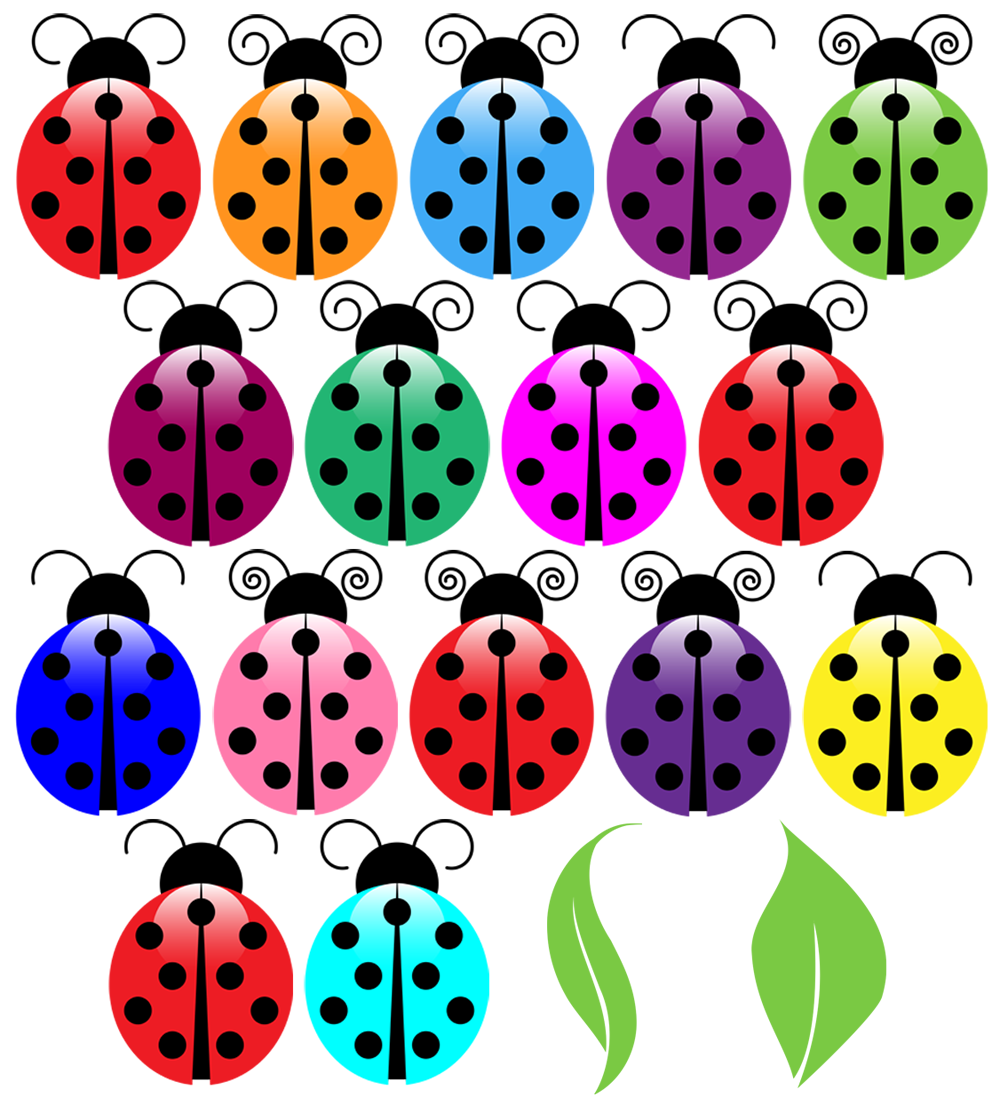 Despite their popularity and widespread presence, ladybugs face various threats in today’s world. Loss of habitat, use of pesticides, and climate change are some of the factors contributing to the decline in ladybug populations. As a result, efforts are being made to protect and conserve these beloved insects. Creating ladybug-friendly habitats in gardens, reducing pesticide use, and promoting awareness about their importance in ecosystems are some ways in which individuals can contribute to their conservation.
Despite their popularity and widespread presence, ladybugs face various threats in today’s world. Loss of habitat, use of pesticides, and climate change are some of the factors contributing to the decline in ladybug populations. As a result, efforts are being made to protect and conserve these beloved insects. Creating ladybug-friendly habitats in gardens, reducing pesticide use, and promoting awareness about their importance in ecosystems are some ways in which individuals can contribute to their conservation.
The Enigmatic Ladybug
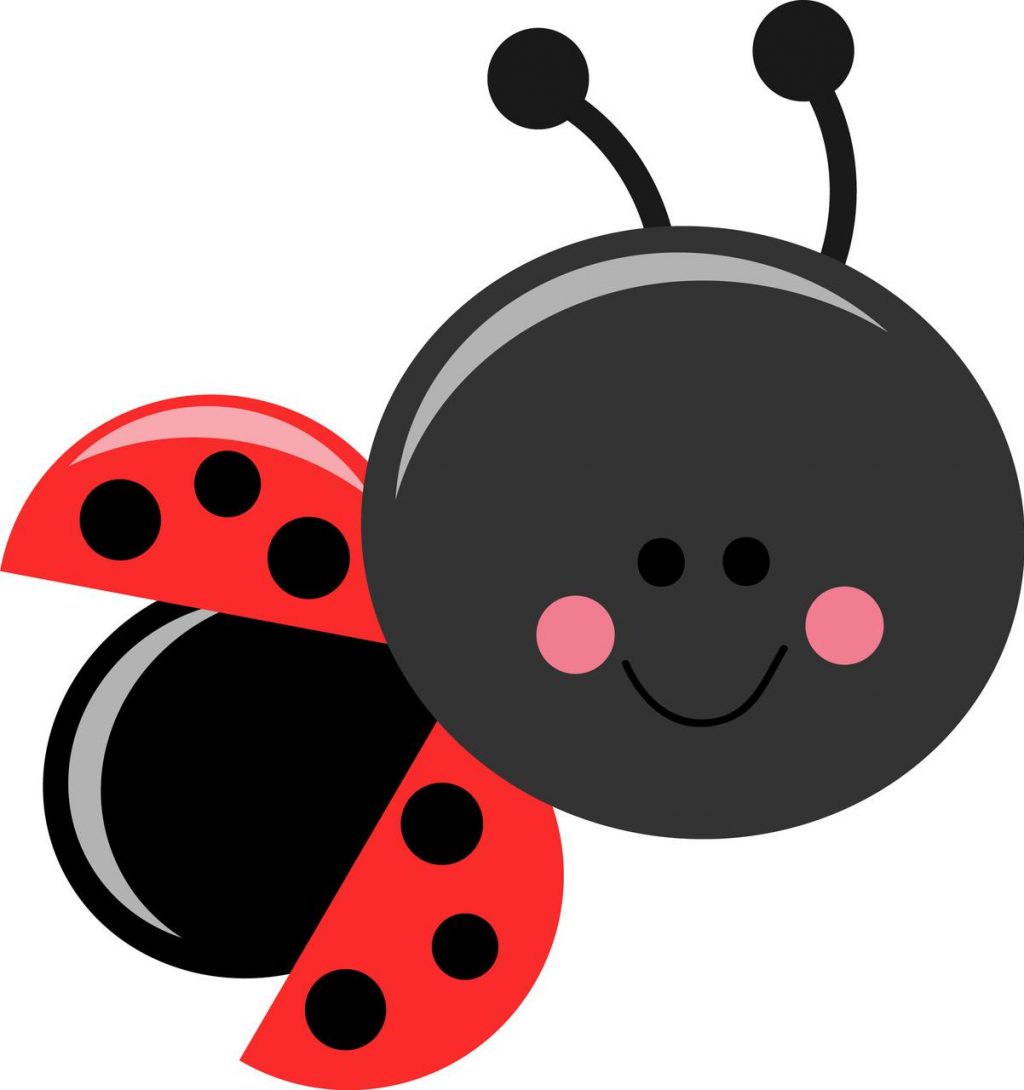 Ladybugs, with their vibrant colors and endearing appearance, have captivated people’s imagination for centuries. Their diminutive size belies their considerable ecological impact, making them an invaluable asset in nature. From gardens to artwork, ladybugs continue to bring joy and a sense of wonder to people of all ages. So next time you spot a ladybug, take a moment to appreciate these enchanting creatures and the role they play in our world.
Ladybugs, with their vibrant colors and endearing appearance, have captivated people’s imagination for centuries. Their diminutive size belies their considerable ecological impact, making them an invaluable asset in nature. From gardens to artwork, ladybugs continue to bring joy and a sense of wonder to people of all ages. So next time you spot a ladybug, take a moment to appreciate these enchanting creatures and the role they play in our world.
Celebrating Ladybugs
 In celebration of these delightful insects, why not consider incorporating ladybug-themed decorations, crafts, or even clothing into your life? Not only will they add a touch of whimsy to your surroundings, but they will also serve as a reminder of the positivity and good luck associated with ladybugs.
In celebration of these delightful insects, why not consider incorporating ladybug-themed decorations, crafts, or even clothing into your life? Not only will they add a touch of whimsy to your surroundings, but they will also serve as a reminder of the positivity and good luck associated with ladybugs.
Conclusion
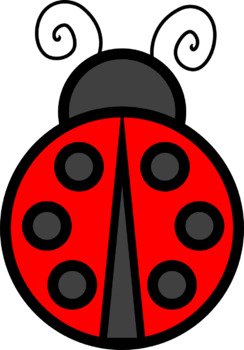 Ladybugs are nature’s tiny superheroes, bringing luck, beauty, and pest control to our world. Their vibrant colors, symbolic significance, and beneficial characteristics make them a beloved insect in many cultures. By appreciating and protecting these delightful creatures, we can ensure that ladybugs continue to brighten our lives and gardens for generations to come.
Ladybugs are nature’s tiny superheroes, bringing luck, beauty, and pest control to our world. Their vibrant colors, symbolic significance, and beneficial characteristics make them a beloved insect in many cultures. By appreciating and protecting these delightful creatures, we can ensure that ladybugs continue to brighten our lives and gardens for generations to come.
References:
1. Clipart Panda - Free Clipart Images
2. Ladybug Clip Art at Clker.com - vector clip art online, royalty free
3. Ladybugs Clip Art at Clker.com - vector clip art online, royalty free
4. Ladybug lady bug clip art - Cliparting.com
5. Free Lady Bug, Download Free Lady Bug png images, Free ClipArts on
6. Ladybugs Clipart - Print Candee - ClipArt Best - ClipArt Best
7. Free Cute Ladybug Clipart, Download Free Cute Ladybug Clipart png
8. Ladybug outline photos of template of ladybug free printable clip art
9. Ladybug Clipart by Erin Thomson’s Primary Printables | TpT
10. Blank Ladybug Template